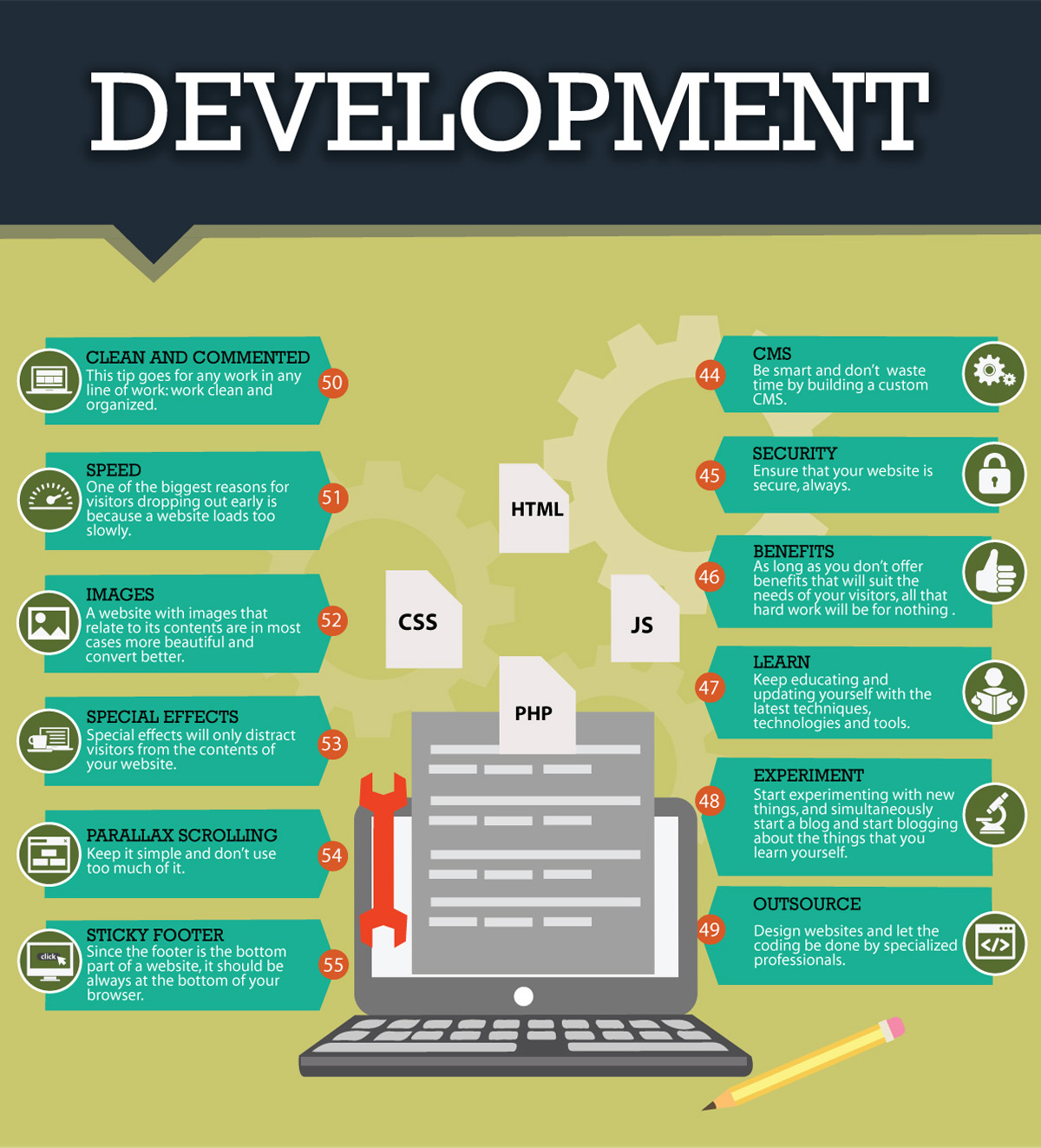Fascinated In Finding Out How Internet Site Style Has Advanced Over The Years? Check Out The Trip From Straightforward Layouts To User-Centered Methods
Fascinated In Finding Out How Internet Site Style Has Advanced Over The Years? Check Out The Trip From Straightforward Layouts To User-Centered Methods
Blog Article
Author-Pappas Dalby
In the past, websites were basic and concentrated on info. Navigating was direct, and layout was for desktops. Now, individual experience is vital. Information overviews styles for very easy navigation. Receptive designs suit different gadgets. Today, dark setting lowers strain, and minimal food selections improve navigation. Interactive attributes involve customers, and vibrant visuals stand apart. AI assimilation improves interaction. See how layout has evolved to enhance your online journey.
Very Early Days of Web Design
In the early days of web design, simpleness reigned supreme. Web sites were standard, with limited colors, fonts, and formats. The emphasis was on giving information instead of showy visuals. Users accessed the web via slow-moving dial-up connections, so speed and performance were vital.
Navigation menus were straightforward, normally located at the top or side of the page. Websites were created for desktop, as mobile surfing had not been yet widespread. Content was king, and developers focused on very easy readability over intricate design components.
HTML was the key coding language utilized, and designers needed to work within its restraints. Animations and interactive functions were minimal contrasted to today's standards. https://www.designerwomen.co.uk/digital-marketing-software-market-size-share-growth-trends-and-forecast-2022-2027/ were fixed, with little dynamic web content or individualized individual experiences.
Increase of User-Focused Layout
With the development of web site design, a shift in the direction of user-focused layout concepts has actually ended up being significantly popular. Today, creating web sites that prioritize user experience is vital for engaging visitors and attaining organization objectives. User-focused layout includes recognizing the needs, preferences, and habits of your target audience to customize the internet site's layout, content, and features appropriately.
Designers now carry out complete study, such as user studies and usability screening, to gather understandings and responses straight from customers. This data-driven method helps in developing instinctive navigating, clear calls-to-action, and visually appealing interfaces that resonate with visitors. By putting the customer at the center of the style process, sites can supply an extra customized and satisfying experience.
Responsive layout has additionally emerged as a vital element of user-focused layout, making sure that websites are optimized for numerous gadgets and screen dimensions. This flexibility boosts ease of access and use, accommodating the varied means users connect with web sites today. In essence, the rise of user-focused style symbolizes a change in the direction of developing electronic experiences that focus on the needs and assumptions of the end individual.
Modern Trends in Web Design
Check out the current trends forming website design today. One noticeable pattern is dark mode design, providing a smooth and contemporary appearance while minimizing eye strain in low-light atmospheres. An additional vital trend is minimalist navigation, streamlining food selections and enhancing customer experience by focusing on essential elements. Including micro-interactions, such as animated switches or scrolling impacts, can create an extra interesting and interactive website. Responsive style continues to be vital, making sure seamless customer experiences across numerous devices. Additionally, utilizing strong typography and asymmetrical layouts can add aesthetic passion and draw attention to certain material.
Incorporating AI modern technology, like chatbots for customer support or tailored recommendations, enhances individual interaction and improves procedures. Availability has also end up being a significant trend, with designers prioritizing comprehensive layout practices to cater to diverse user needs. Embracing sustainability by maximizing site efficiency for speed and performance is one more emerging trend in web design. Teaming up with user feedback and information analytics to repeat and enhance design constantly is crucial for remaining appropriate in the ever-evolving digital landscape. By accepting these contemporary trends, you can create a visually attractive, user-friendly web site that resonates with your audience.
Verdict
As you review the advancement of website layout from the early days to now, you can see how user-focused design has actually become the driving pressure behind modern-day trends.
Welcome the journey of modification and adaptation in web design, constantly keeping the user experience at the leading edge.
Keep current with the most up to date fads and modern technologies, and never ever quit developing your approach to create aesthetically spectacular and straightforward web sites.
Develop, adapt, and develop - the future of web design remains in your hands.
